
Here at Drive My Way, we understand that finding the right trucking job isn’t just about matching your CDL qualifications to an open position. It’s about finding a job that aligns with your lifestyle, preferences, and career goals.
That’s why we’ve built a platform specifically designed to put you in the driver’s seat of your job search. Whether you’re looking for local, regional, or OTR opportunities, Drive My Way is here to help you every step of the way.
Keep reading to discover exactly what we do, and how you can make the most of everything Drive My Way offers.
What We Do at Drive My Way
Drive My Way is more than just a job board, we’re a personalized, free service that connects truck drivers with employers who are looking for their exact qualifications. Our unique job-matching technology ensures that you’re paired with companies whose values and offerings align with your needs.
Here’s what sets us apart:
- Personalized Job Matches: Our platform matches you with jobs that fit your CDL type, driving preferences, home time needs, and more.
- Free Job Search Services: We never charge drivers to use our platform. Searching for jobs, updating your profile, and getting assistance from our team are all completely free.
- Expert Support: Our matchmaking team is dedicated to helping you find the right opportunity. They’re here to answer questions, guide you through the application process, and offer tips to ensure your success.
How to Get Started
If you’re new to Drive My Way, setting up your profile is the first step. Here’s how you can get started and make the most of our platform:
Create or Update Your Profile
Your profile is your first impression with employers. It’s where you can highlight your experience, certifications, and what you’re looking for in your next job.
Be sure to include:
- Your CDL type and endorsements.
- Desired home time and job type (e.g., local, regional, OTR).
- Work history and special skills.
- Any preferences you have for pay, benefits, or company culture.
Updating your profile regularly ensures that employers see the most accurate information about you and helps you receive the best matches.
Search for Jobs
What makes us unique is that you don’t have to do any searching. We deliver jobs to you that specifically match your qualifications and your needs, including those where you live within the hiring radius. If you want to explore jobs beyond your matches, our easy-to-use job search feature lets you browse available opportunities. You can filter by location, job type, or specific preferences.
Whether you’re looking for dedicated routes or something closer to home, our search tools make it simple to find what you’re looking for.
Reach Out for Help
Not sure how to proceed with an application? Have questions about a job posting? Our team is here to help. You can reach out to us anytime for personalized assistance during the job search process.
Meet the Matchmaking Team
One of the biggest benefits of using Drive My Way is our dedicated matchmaking team. They’re not bots or automated systems; they are real people who care about helping you succeed.
The matchmaking team works behind the scenes to:
- Ensure your profile is seen by the right employers.
- Provide advice and guidance throughout the hiring process.
- Help resolve any issues or questions you have along the way.
They’re passionate about making sure every driver finds a job that’s a perfect fit.
Real Stories from Drivers Like You
At Drive My Way, we know that the true measure of our success comes from the drivers who have used our service to find meaningful, long-term careers. Hearing their experiences first-hand is a testament to how personalized job matching can make a real difference.
Here’s what some of our drivers have to say about their experience with Drive My Way:
“Drive My Way hit the nail on the head,” said Chris, a CDL A OTR Dry Van Driver. “I really and truly enjoy this job, I’m comfortable, I’m home every night, off on weekends, and making as much as I was on the road.”
“The best way that Drive My Way helped me was that it was personal,” said Curtis, a CDL A Local Driver. “It was a real person, I wasn’t dealing with a robot or feeling like I was just working with a system. They texted me, they called me, and that made the real difference.”
“I recommend using Drive My Way for anyone who is looking for a really good job,” said Tommy, a Local Dry Van Driver. “They found the best position for me by using the algorithm that they use to best fit what I wanted to do. Great pay, great home time, so I basically recommend this to anyone with a CDL looking for a great fit.”
“I was able to connect with my current employer through Drive My Way,” said Jazmen, a CDL A Owner Operator. “As an owner operator, it’s difficult a lot of times to find local contracts, but through Drive My Way I was able to find my employer, and now I’m going to partner with them.”
“My favorite part of using Drive My Way was that it was so simple,” said Terry, a CDL A Local Commercial Driver. “In fact, I got my job before I filled out the application. After using Drive My Way, I went for a ride with the company, and they already promised me the job. So, then I had to go back and fill out the application!”
We’re proud to help drivers connect with companies that value and respect them.
If you’re ready to find a trucking job that fits your life, sign up with Drive My Way today.

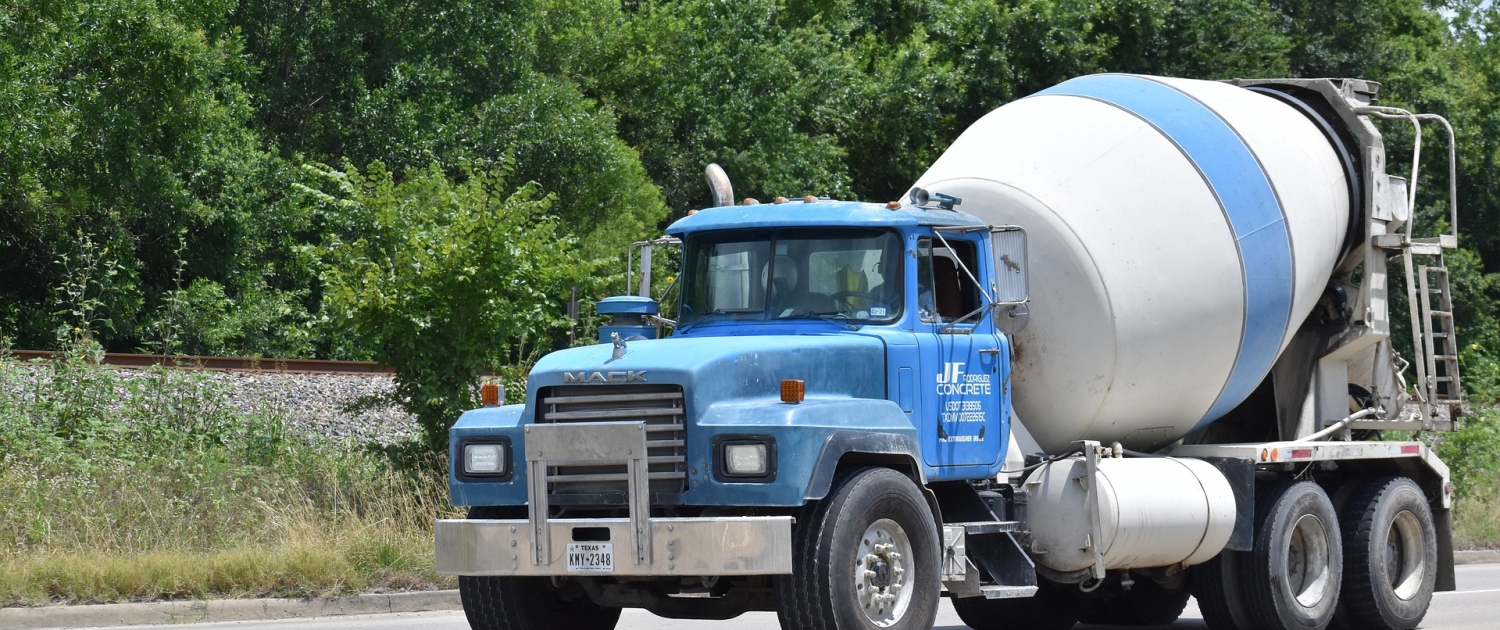

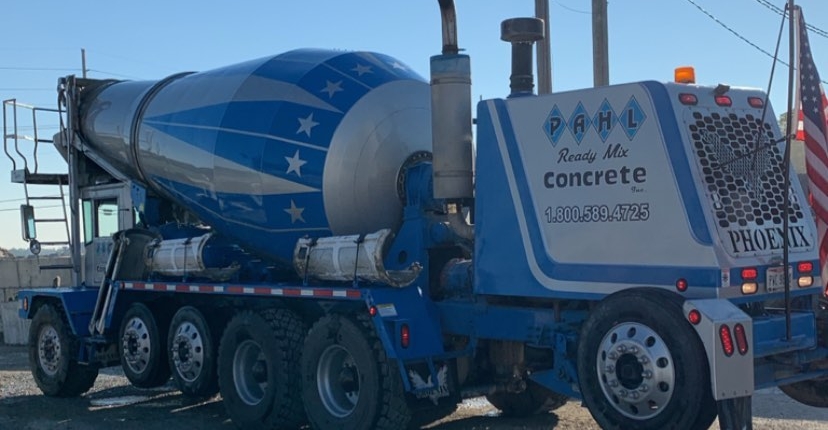


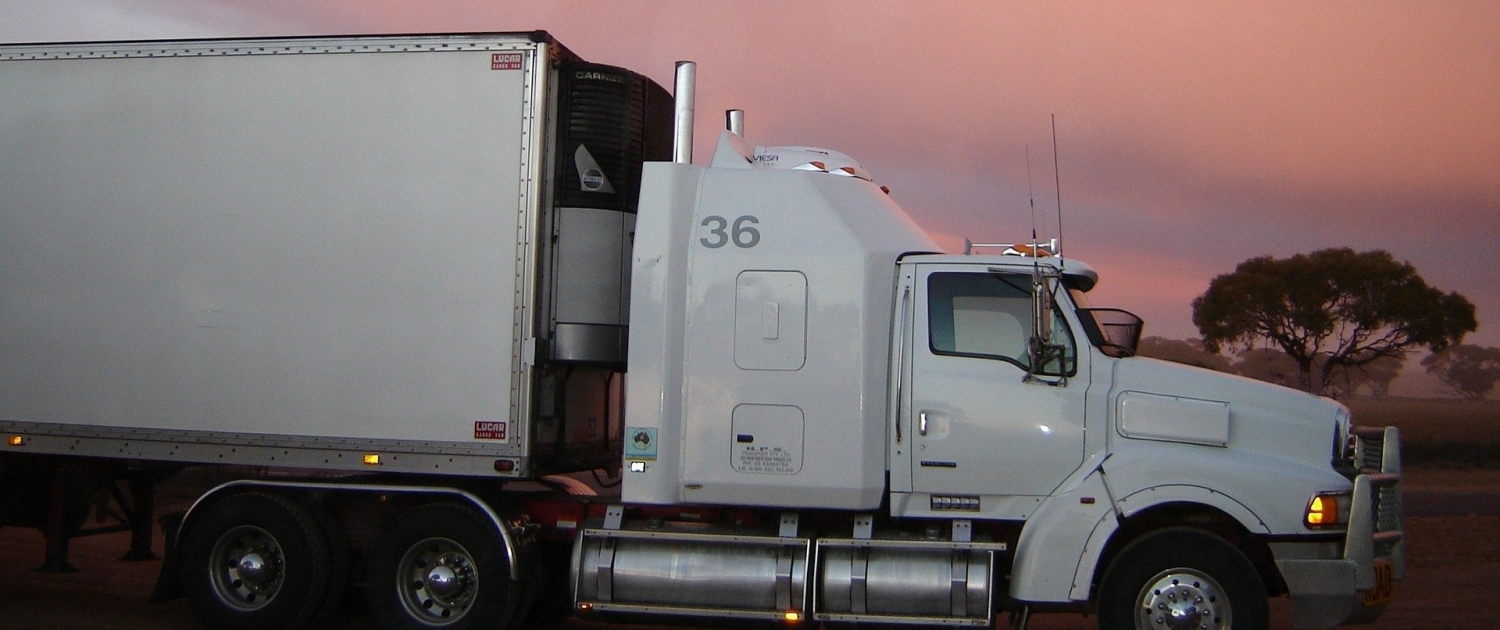

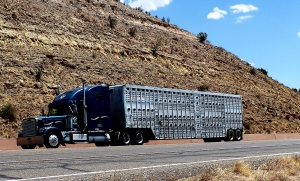 The second classification of commercial drivers is in
The second classification of commercial drivers is in  After you have your CDL, you are nearly ready to hit the road with your first job! As part of your CDL training, you will have completed your
After you have your CDL, you are nearly ready to hit the road with your first job! As part of your CDL training, you will have completed your
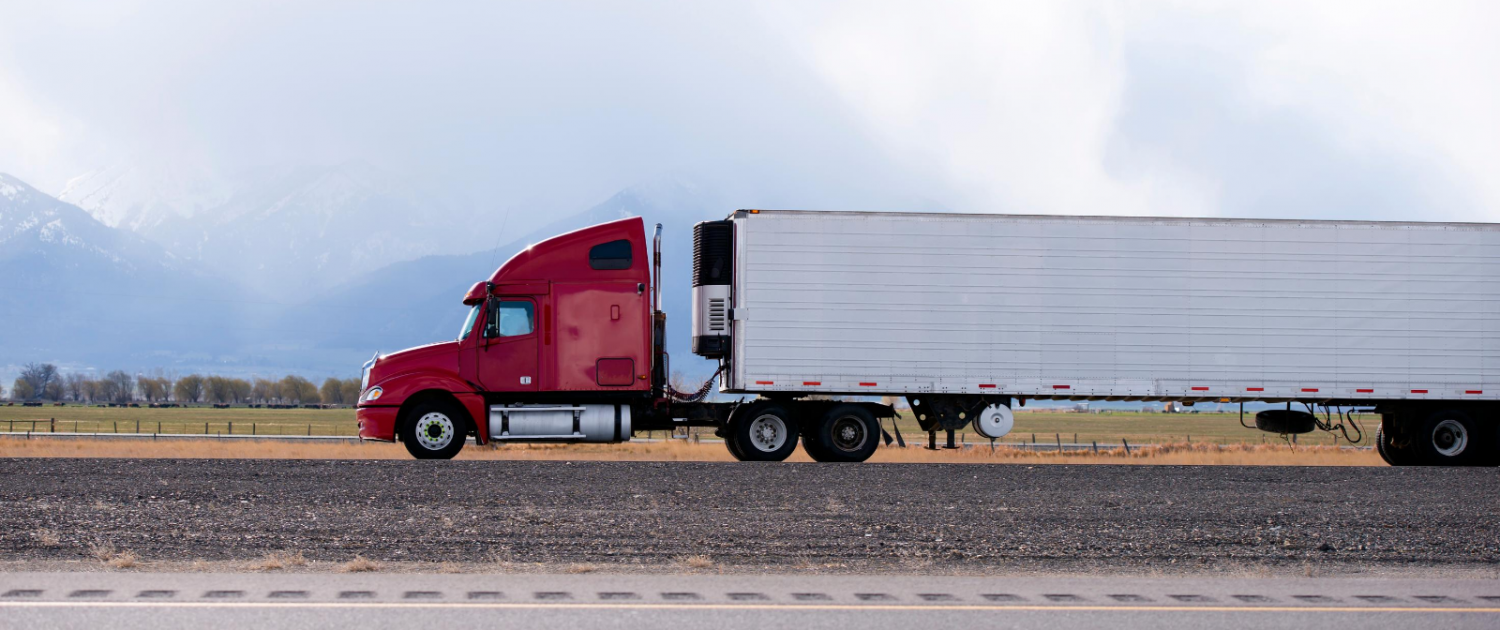
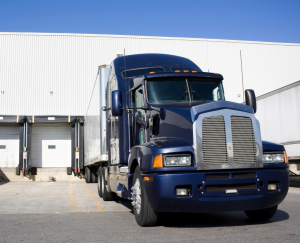 In addition to the technical skills you will learn, refrigerated truck drivers need to be excellent decision-makers and problem solvers. Because of the temperature control required for successful reefer runs, a breakdown can mean
In addition to the technical skills you will learn, refrigerated truck drivers need to be excellent decision-makers and problem solvers. Because of the temperature control required for successful reefer runs, a breakdown can mean 
 Finding a new
Finding a new 


